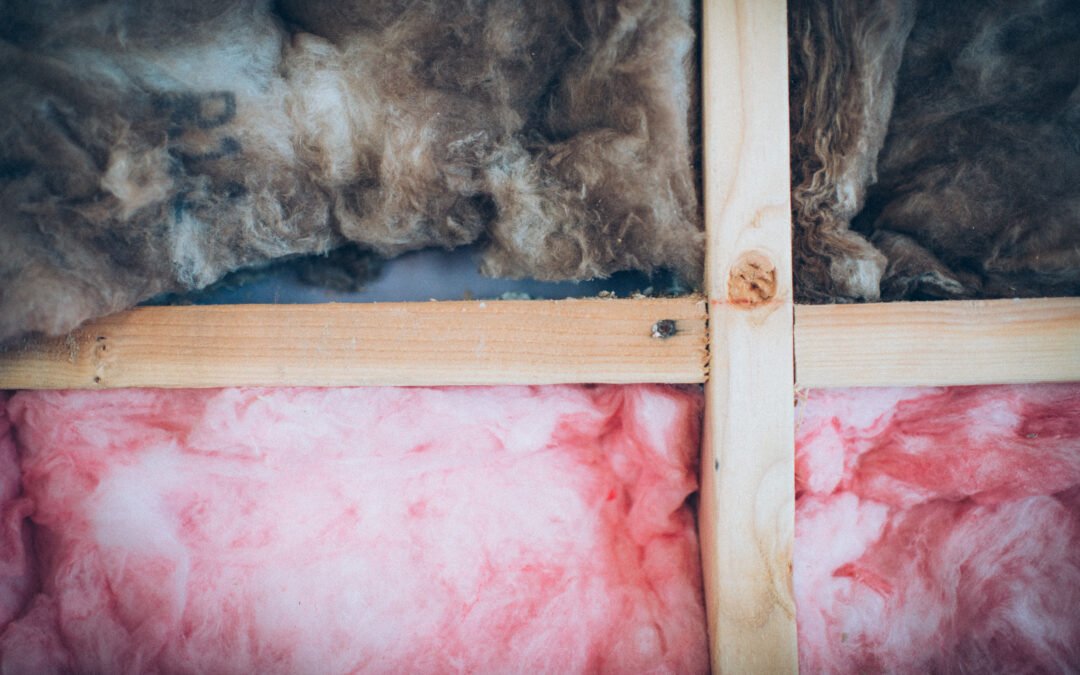Winter often brings an unwelcome chill that seems to seep into your home, regardless of the heating system you have in place. But what if there was a simple, cost-effective, and environmentally-friendly way to combat the cold? That’s where loft insulation comes in. We’ll look at how loft insulation helps keep your home warm in winter, offering a crucial component of a comprehensive A to Z energy solution.
To understand how loft insulation helps keep your home warm in winter, it’s vital first to understand the basic principles of heat transfer. The heat generated by your heating system will naturally move from warmer areas to cooler ones until there is no temperature difference. In winter, this means the warm air inside your home is continually trying to escape to the colder outdoors. It moves through walls, floors, windows, and, crucially, the loft or attic.
Lofts are one of the most significant areas of heat loss in homes, with estimates suggesting that up to a quarter of a home’s heat can escape through the roof. This is where loft insulation comes in. By creating a barrier that slows down the movement of heat, insulation can effectively prevent this heat escape, reducing the demand on your heating system and helping maintain a comfortable temperature in your home.
So how exactly does loft insulation work? Well, most loft insulation materials function by trapping tiny pockets of air within their structure. This trapped air significantly reduces the rate at which heat can transfer from your home to the outside environment. The insulation effectively ‘traps’ the heat inside your home, slowing down the rate at which it can escape. It’s like wrapping your house in a warm blanket, keeping the cold at bay and the warmth where it belongs – inside.
There are several types of loft insulation available, but the most common are rolls of mineral wool insulation, loose-fill insulation, and blown insulation. All of these work on the principle of trapping air, but they differ in their installation methods and in some cases, their suitability for different types of homes. A professional insulation installer can help you determine the best choice for your home.
Now, you may wonder why it’s worth investing in loft insulation. The main benefit is the reduction in heating costs. By preventing heat loss, loft insulation helps your heating system work more efficiently, reducing the amount of energy needed to maintain a warm home. This energy saving translates into significant cost savings on your energy bills. In fact, according to the Energy Saving Trust, installing 270mm of insulation from scratch can save you up to £215 a year.
Additionally, loft insulation is a long-term solution. Once installed, it can last for decades with minimal maintenance, making it an investment that pays for itself many times over.
Beyond the cost savings, loft insulation also contributes to a more sustainable and environmentally friendly home. By reducing the energy demand of your home, you’re also reducing your carbon footprint, making loft insulation a key part of any A to Z energy solution.
However, it’s worth noting that while loft insulation plays a significant role in winter warmth, it’s equally valuable in summer. Just as it prevents heat escape in winter, it can also help keep your home cool in summer by slowing down the rate of heat transfer from the hot outside air into your cooler home.
In conclusion, understanding how loft insulation helps keep your home warm in winter is the first step in appreciating its value as part of a comprehensive A to Z energy solution. It’s an investment that not only pays for itself in terms of energy savings but also contributes to a more sustainable and comfortable living environment all year round. So as winter approaches, make sure your home is wrapped up warm with efficient loft insulation.
The Benefits of Loft Insulation in the Winter
Winter can be a challenging season, with plummeting temperatures often leading to increased energy use and higher bills. However, there is a solution that can keep your home snug and your heating costs down – loft insulation. Understanding the benefits of loft insulation in winter is key to maintaining a comfortable home and a sustainable lifestyle. Let’s dive deeper into these benefits.
Energy Efficiency
Loft insulation can significantly improve your home’s energy efficiency. Without proper insulation, your home could lose as much as 25% of its heat through the roof. Loft insulation slows this heat transfer, keeping the warmth within your living spaces. As a result, you will need to use less energy to maintain a comfortable temperature in your home, reducing energy consumption.
Cost Savings
By improving energy efficiency, loft insulation also results in substantial cost savings. You won’t need to run your heating system as often or at as high a temperature, leading to lower energy bills. These savings can quickly add up over time, making the initial cost of installing insulation an excellent investment.
Increased Comfort
One of the most immediate benefits of loft insulation in winter is increased comfort. By keeping more heat inside your home, insulation helps to maintain a more consistent and comfortable temperature throughout the house. No more chilly drafts or cold rooms – just a warm, cosy home, even on the coldest winter days.
Environmental Impact
Insulating your loft isn’t just good for your wallet – it’s also good for the environment. By reducing your home’s energy consumption, you’re also reducing your carbon footprint. Insulation is a straightforward and effective way to make your home more sustainable, playing a part in combating climate change.
Longevity of Your Heating System
Insulating your loft can reduce the demand on your heating system, leading to less wear and tear over time. This can extend the lifespan of your heating system, saving you money on costly repairs or replacements in the long run.
Increased Property Value
Finally, loft insulation can add value to your home. A well-insulated house is often more appealing to potential buyers, as they can look forward to lower energy bills and a more comfortable living environment. In this way, loft insulation can be a sound investment if you ever decide to sell your home.
In conclusion, the benefits of loft insulation in winter are many, from improving energy efficiency and saving on heating costs to making your home more comfortable and eco-friendly. It’s a smart, practical step you can take to enhance your home’s comfort, efficiency, and value. With loft insulation, you can face the winter with confidence, knowing you’re well-prepared for the cold months ahead.




